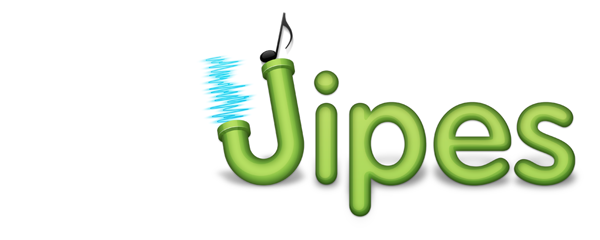Split / Join
In many cases processing one band or one channel is absolutely sufficient. But if you’re serious about DSP, you will discover quickly that you need multiple bands for certain tasks. Even a simple ReplayGain implementation will need to operate with two or more channels, as the spec requires a specific way of dealing with multi-channel signals.
Splitting Signals
The AudioBuffers for a stereo file delivered by an AudioSignalSource come in a single pipeline. But they (usually) contain an interleaved signal, i.e. samples are in the order LRLRLR (L=Left, R=Right). You could simply process the buffers with the Mono processor, which transforms the signal into a single channel. But what if you actually want to process the left channel separately from the right? Then you need to split the signal into two separate channels and that means two different pipelines.
To do so, you can use the class InterleavedChannelSplit from the audio subpackage. Once you split the signal into multiple bands or channels, you can connect each band to its own processing pipeline.
This is how it’s done:
SignalSplit<AudioBuffer, AudioBuffer> split = new InterleavedChannelSplit();
SignalProcessor<AudioBuffer, AudioBuffer> fictitiousLeftProcessor = new FictitiousLeftProcessor("Left-ID");
SignalProcessor<AudioBuffer, AudioBuffer> fictitiousRightProcessor = new FictitiousRightProcessor("Right-ID");
split.connectTo(0, fictitiousLeftProcessor);
split.connectTo(1, fictitiousRightProcessor);
pump.add(split);
Map<Object, Object> result = pump.pump();
As you can see from the code above, InterleavedChannelSplit implements a special interface called SignalSplit. It allows us to specify a channel when connecting it to a down stream processor. Since a signal can be split in many ways (e.g. along frequency bands with BandSplit), there isn’t one standard implementation for splitting. If you want to implement your own split, just implement the SignalSplit interface and take advantage of the SignalProcessorSupport class.
Joining Signals
Of course splitting is only the first part of the story. Signals also need to be joined. Since joining is really just a special kind of aggregation, Jipes offers a special Join processor, that uses an AggregateFunction to combine the data handed to it by its parents into a single signal. So to join the two sample channels from the split example, we proceed like this:
Join<AudioBuffer, AudioBuffer> join = new Join<AudioBuffer, AudioBuffer>(2, new MagicAggregateFunction<List<AudioBuffer>, AudioBuffer>(), "ID"); fictitiousLeftProcessor.connectTo(join); fictitiousRightProcessor.connectTo(join);
In this case (the fictitious) MagicAggregateFunction combines an AudioBuffer list of length 2 into a new, single AudioBuffer. We can collect the results under the id "ID".
In order to join signals split by an InterleavedChannelSplit you may also simply use the provided InterleavedChannelJoin.


